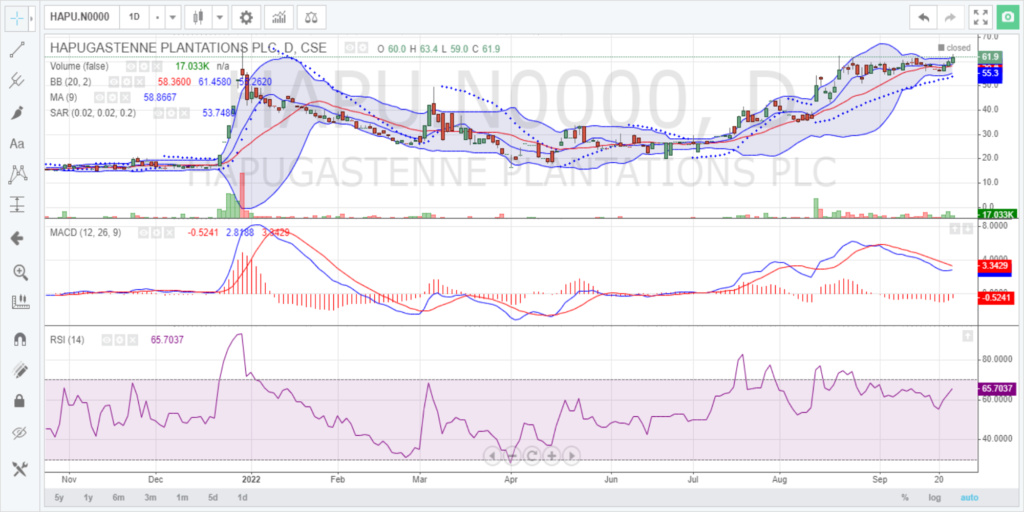

How do we measure our pressure ulcer rates and practices?Ħ. How do we implement best practices in our organization?Ĥ.1 What roles and responsibilities will staff have in preventing pressure ulcers?Ĥ.2 What pressure ulcer practices go beyond the unit?Ĥ.3 How do we put the new practices into operation?Ĥ.4 Checklist for implementing best practicesĥ.
#Hapu statistics skin
What are the best practices in pressure ulcer prevention that we want to use?ģ.1 What bundle of best practices do we use?ģ.2 How should a comprehensive skin assessment be conducted?ģ.3 How should a standardized pressure ulcer risk assessment be conducted?ģ.4 How should pressure ulcer care planning based on identified risk be used?ģ.6 What additional resources are available to identify best practices for pressure ulcer prevention?Ĥ. Contentsġ.1 Do organizational members understand why change is needed?ġ.3 Does senior administrative leadership support this initiative?ġ.4 Who will take ownership of this effort?ġ.7 Checklist for assessing readiness for changeĢ.1 How can we set up the Implementation Team for success?Ģ.2 What needs to change and how do we need to redesign it?Ģ.3 How should goals and plans for change be developed?ģ. Boston University School of Public Health Elizabeth Ayello, Ph.D., RN, APRN, BC, CWOCN, FAPWCA, FAAN, Excelsior College School of Nursing, Albany, New York and Karen Zulkowski, D.N.S., RN, CWS, Montana State University-Bozeman. VA Boston Healthcare System and Boston University School of Public Health Victoria Parker, Ed.M. Bedford VA Hospital and Boston University School of Public Health Carol VanDeusen Lukas, Ed.D. The aim of this toolkit is to assist hospital staff in implementing effective pressure ulcer prevention practices through an interdisciplinary approach to care. These skin lesions bring pain, associated risk for serious infection, and increased health care utilization. Each year, more than 2.5 million people in the United States develop pressure ulcers.


 0 kommentar(er)
0 kommentar(er)
